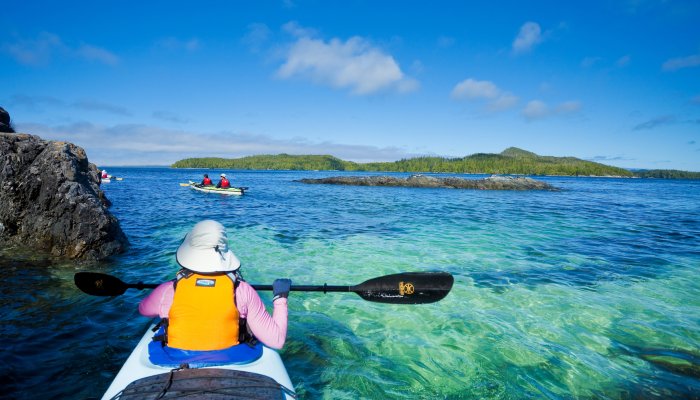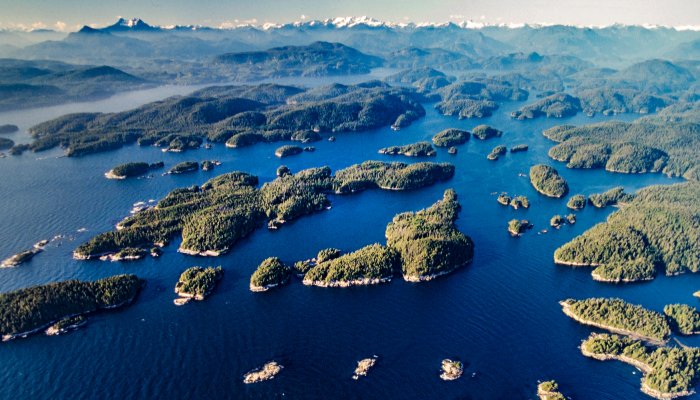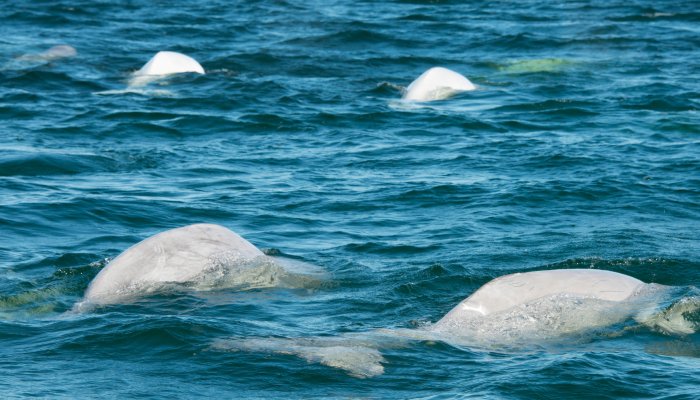Creature Feature: Humpback Whales (Megaptera novaeangliae)
Famed for its spectacular breaching, the humpback whale is found in seas and oceans around the world. It is a species of baleen whale, all of which use mouth plates to sieve plankton from the water. Additionally, it is a member of the rorqual group, notable for the longitudinal folds of skin that allow the whales to expand their mouth significantly when feeding.
Most humpback whales spend the summer months in cold, polar waters before migrating to tropical or subtropical regions to mate and calve. The only exception to this is the population of humpback whales that reside year-round in the Arabian Sea. The southeast Alaska/northern British Columbia region is believed to have a population of around 3,000-5,000 whales, which migrate south to spend the winter months in Hawaii and Mexico.
Humans once hunted humpback whales to the brink of extinction, with only around 5,000 left by the 1960s. These numbers have since recovered to around 135,000 individuals. In 2011, the Committee on the Status of Endangered Wildlife in Canada down-listed the humpback whales from “threatened” to “special concern”. This indicates that the species may become “endangered” or “threatened” in the future due to identifiable threats, such as noise pollution, fishing gear entanglement, and collisions with vessels.
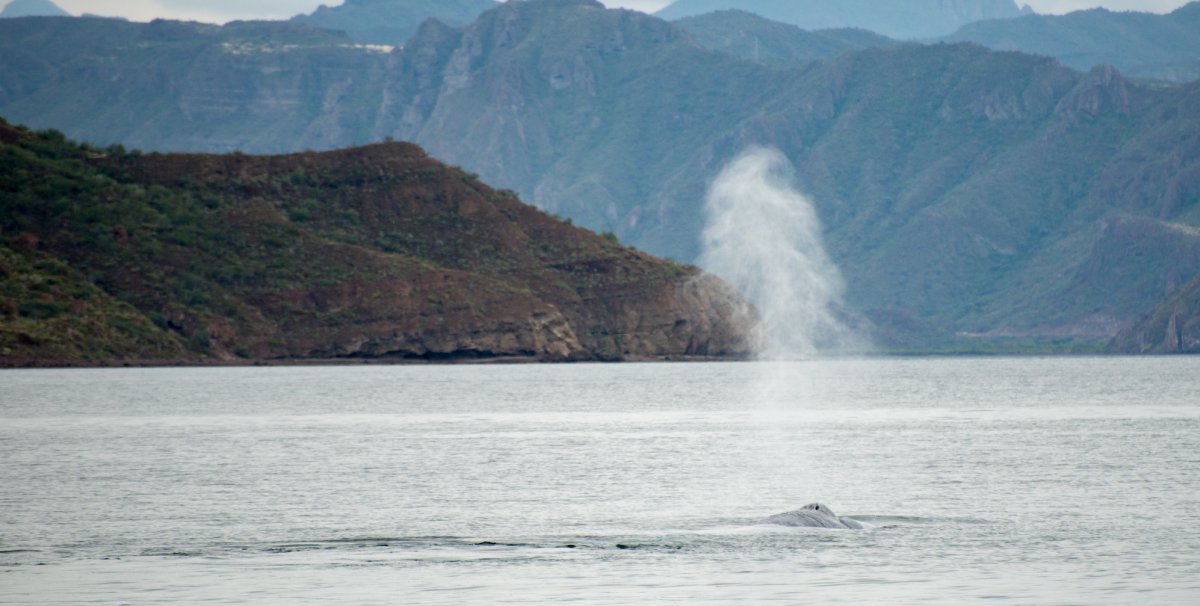
Endless summers in Hawaii
Like many of their human counterparts, the northern British Columbia/southern Alaska population of humpback whales likes to head south in the winter months to feed and breed in the waters of Hawaii and Mexico. Humpback whales are known to migrate up to 9,900 miles each year and form groups for days or weeks at the most. During this time, males compete for female attention, with both sexes having multiple partners throughout their life. While humpback whales aren’t the most social creatures, mothers and calves will remain together for about a year after birth, giving the calf time to wean.
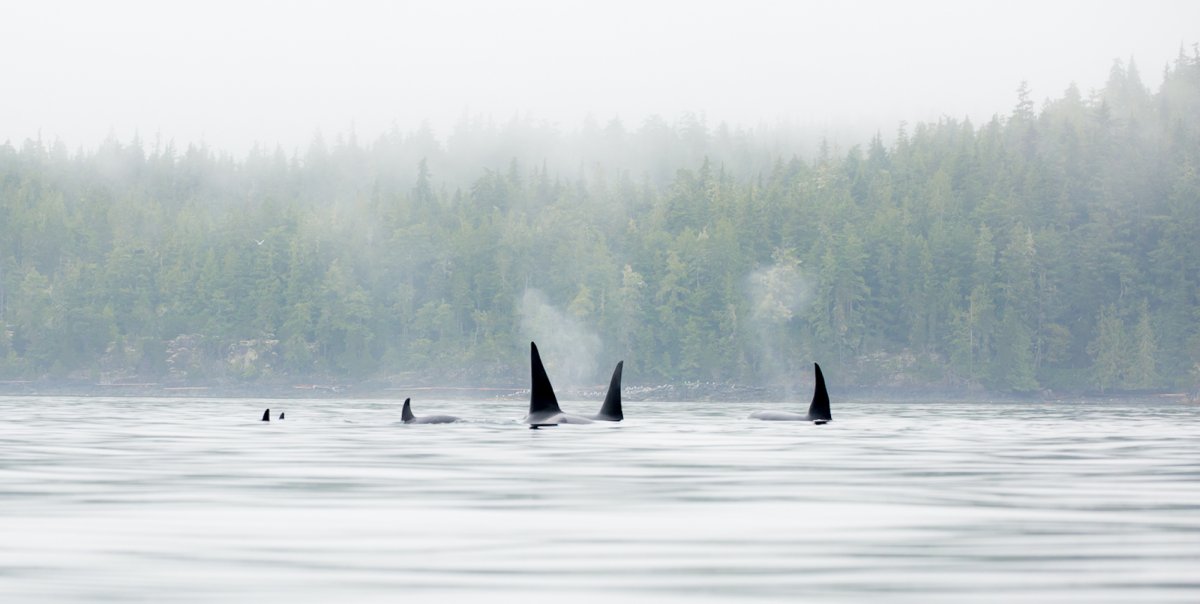
Beware the killer whales
Despite their huge size, humpback whales still have predators, with the primary one being mammal-eating killer whales, which prey on young individuals. Many humpback whales have been observed with scars on their skin from killer whale attacks. Interestingly, the waters around Hawaii have relatively few mammal-eating killer whales, which is perhaps why it is the favored breeding ground for the northern British Columbia/southern Alaska humpback whale population. In British Columbia, killer/orca whales are the resident fish eating whale, and are easily spotted on their own throughout the summer months. On the other hand, the coast of California is known as a hotspot for killer whale attacks on baleen whale calves.
Crooning males
Male humpback whales are known for their long and complex songs, which are believed to be used to attract females and are thought to evolve over time. The sound can travel at least six miles, with the longest vocalization recorded in Hawaii and lasting for seven hours. Some scientists think that the songs may be used to attract foreign whales into the breeding grounds and that females are more likely to approach groups of singing males, rather than solitary ones.
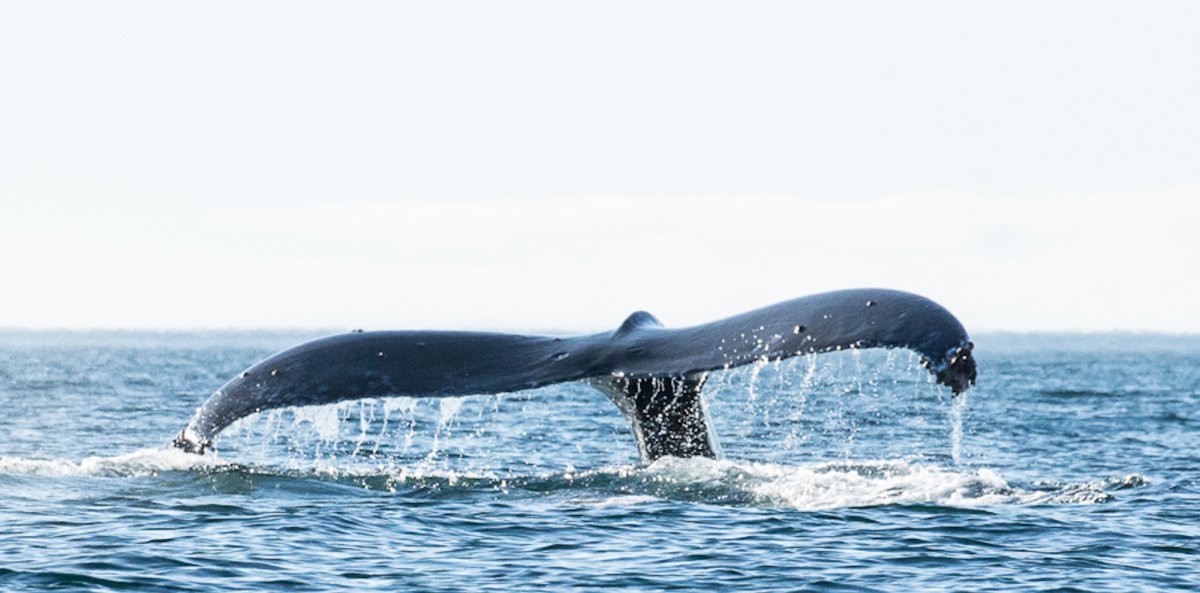
Courtship and conflict
Most female humpback whales will have a calf every two to three years, with the gestation period lasting for around 11 months. Males are known to court females, with the one closest to her known as the “primary escort” and fighting off any “challengers”. Competing males have been observed head-butting and ramming one another, as well as slashing their tails. On the other hand, aerial behaviors such as breaching are believed to be a means of play or communication, as well as a method of removing parasites from the body.
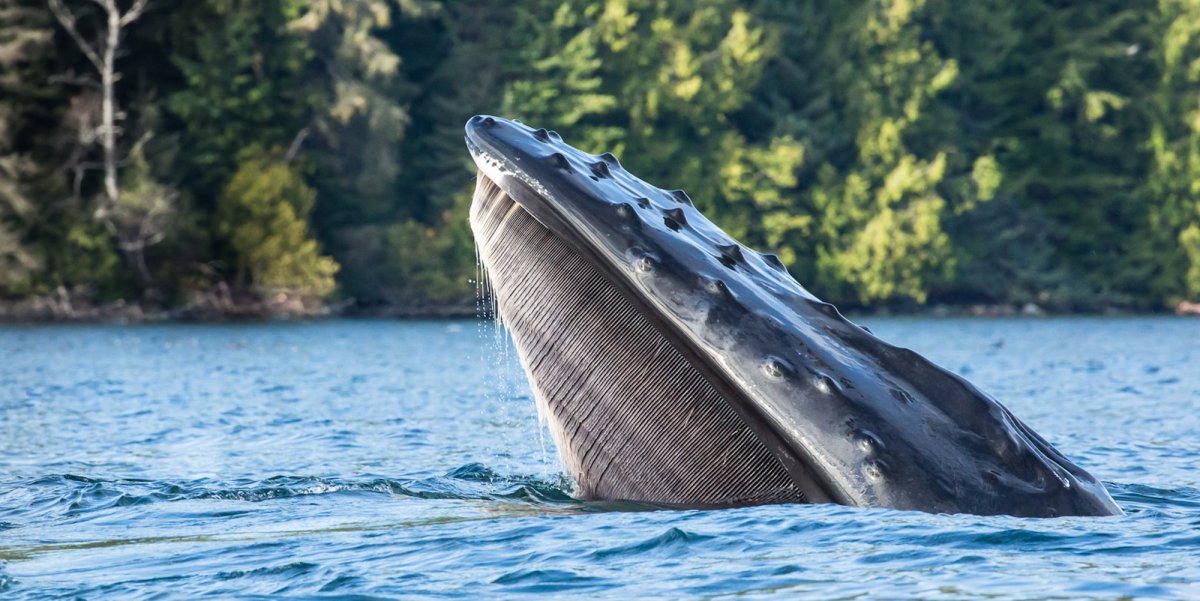
Non-fussy feeders
Humpback whales have been referred to as generalist “gulp feeders” who swallow their prey in bulk. They are known to hunt in what are known as “bubble nets”, with a group of whales swimming in an ever-decreasing circle and blowing air to capture their prey in a spiral of bubbles. After creating this “bubble net”, the whales then swim into the spiral with their mouths agape and swallow their prey while water is pushed out through their baleen.
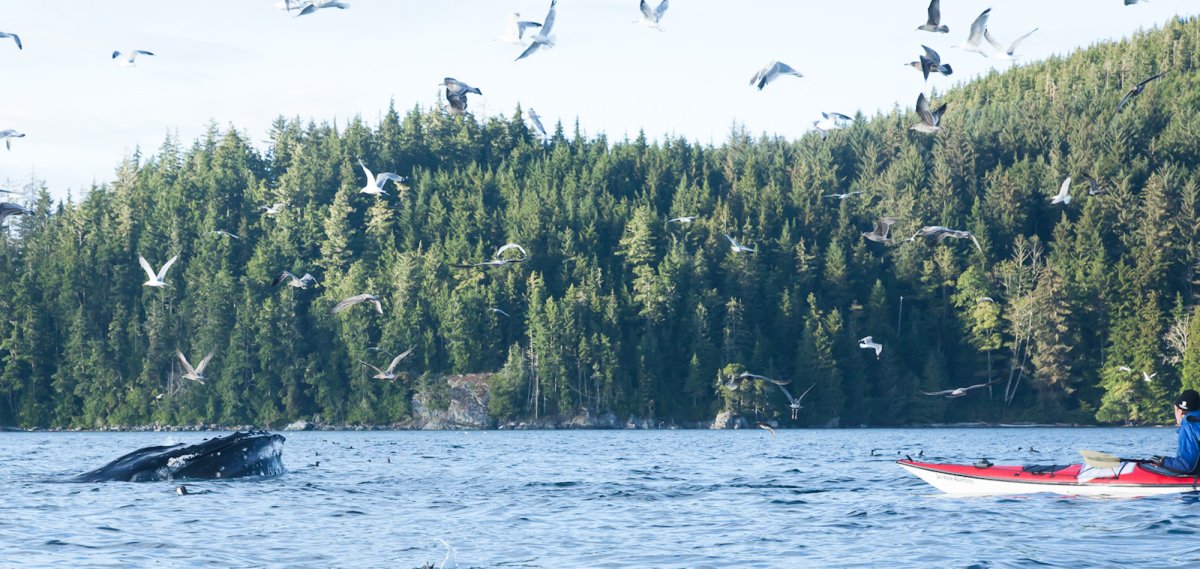
Witness humpback whales in the wild
There's nothing quite like witnessing the majesty of humpback whales in the wild and you can do just that on one of our British Columbia or Alaska sea kayaking adventures. Whether you want to explore the spectacular coastlines of Vancouver Island and the Broughton Archipelago or venture into the breathtakingly beautiful Johnstone Strait, you’ll come face-to-face with these gentle giants in some of the most spellbinding corners of the globe.

